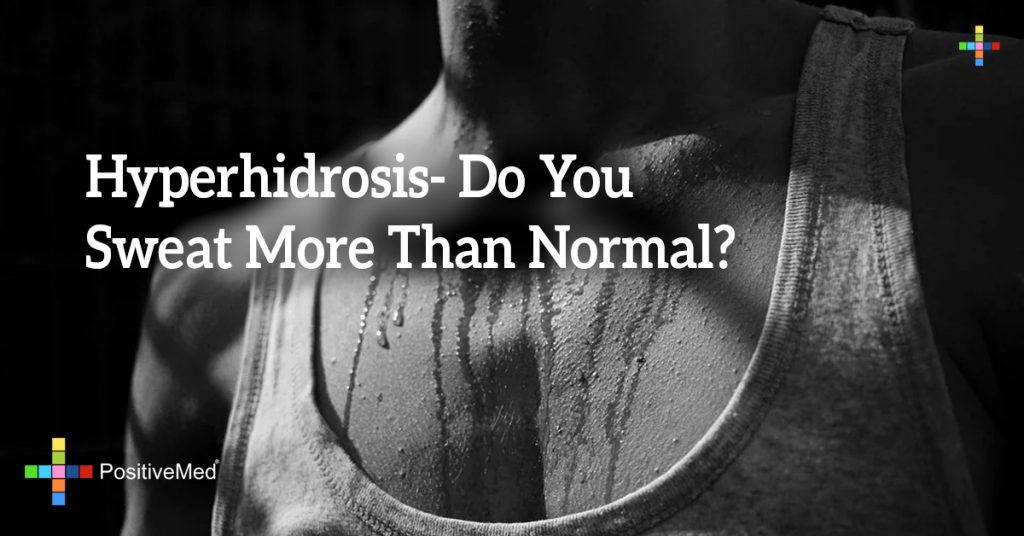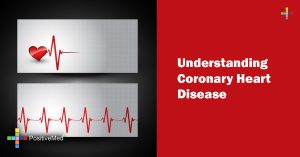
Hyperhidrosis- Do You Sweat More Than Normal?
By: Andres Carvajal
Edited By: Stephanie Dawson
Sweat is uncomfortable for everyone. Its a normal reaction within the body to keep the body cool and prevent excess heat that can cause difficulties in organ function. When sweat is excessive it becomes a disease and an obstacle to daily routines. Hyperhidrosis is characterized by the tendency to sweat profusely in an unpredictable way without any external triggers in hands, feet, armpits, back, or face. This profuse sweat interferes with simple tasks such as typing on the computer, writing a letter, or shaking hands. The progressive and continuous sweat might cause strong emotional and psychological problems to those that suffer from this condition, due to the fact that they might avoid social situations, hide, or take strong medicines to calm their body.
Types of Hyperhidrosis
Hyperhidrosis can be diagnosed by a doctor or dermatologist, it can affect only some parts of the body like hands and feet or it can affect the whole body, generalized Hyperhidrosis. It can be classified as primary or secondary. The former is a heritable disease related to a hyper-arousal of the sympathetic nervous pathways, while the latter is a symptom of another disease or condition, like hyperthyroidism, psychological problems, panic attacks, or cancer. In all forms of Hyperhidrosis lies excess activation of the sympathetic nerves.
Treating Hyperhydrosis:
This condition can be cured or reversed. There are several options to diminish the effects of this condition, from the use of powerful deodorants or antiperspirants to surgery (endoscopic thoracic sympathectomy). The surgery goal is to unplug a sympathetic gland from the source which will stop profuse sweating. This appears to be safe, however some side effects are profuse sweating in other body parts, chronic pain, breathing difficulties, blood pressure changes, and even paradoxical sweatiness due to stimuli related to stress. The surgery can be reversed in most cases if the side effects are too unpleasant. If the surgery is successful the positive effects are permanent.
• There is a less aggressive intervention to cure this disease. Botox injections have proved useful in treating focal hyperhidrosis, the toxin blocks the nerves that stimulate sweating. Several injections in hands or feet are needed to produce the effect which lasts approximately three months.
• Iontophoresis is a medical procedure that uses electricity to temporarily close the sweat glands, there are devices people can buy through the internet or do themselves. They are typically applied in sessions of 20 to 30 minutes, however they can cause wrinkles and dry skin.

• Treatments called anti-cholinergics that will prevent the stimulation of sweat glands. They are effective in some patients, they can produce severe side effects such as dry mouth, dizziness, fainting, or bladder issues. In some cases, benzodiazepines can help to diminish hyperhidrosis issues due to stress or anxiety. In some people, alcohol or marijuana can alleviate symptoms, its likely that herbal medicine such as passiflora or valerian root could be effective to diminish the sympathetic activity.
• There are preventive measures for those who suffer from Hyperhidrosis. Avoid stimulants such as chili, alcohol, and caffeine. Avoid wearing synthetic clothes, stick to cotton or natural fibers. Wear socks and shoes that allow air flow. Wear shirts in white or black to avoid visible sweat marks.
If you suffer from this condition try to relax as much as you can, it can worsen if you are overly conscious of how much you sweat. Exercise will help diminish your sympathetic activation. Use antiperspirants and be prepared. Look for support through the internet, there are many forums for people who suffer from the same condition.
Sources
Reisfeld, Rafael; Berliner, Karen I. (2008). “Evidence-Based Review of the Nonsurgical Management of Hyperhidrosis”. Thoracic Surgery Clinics 18 (2): 157–66.
Reisfeld, Rafael (2011-02-11). “Lumbar Sympathectomy with Clamping Method Paper”.





